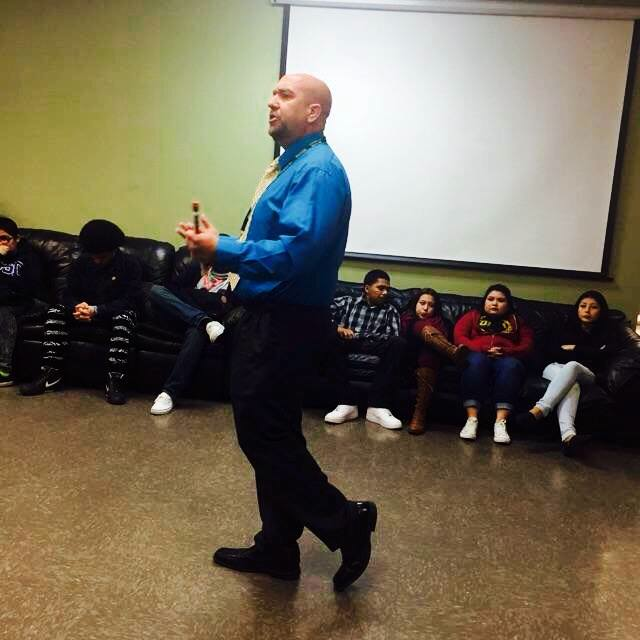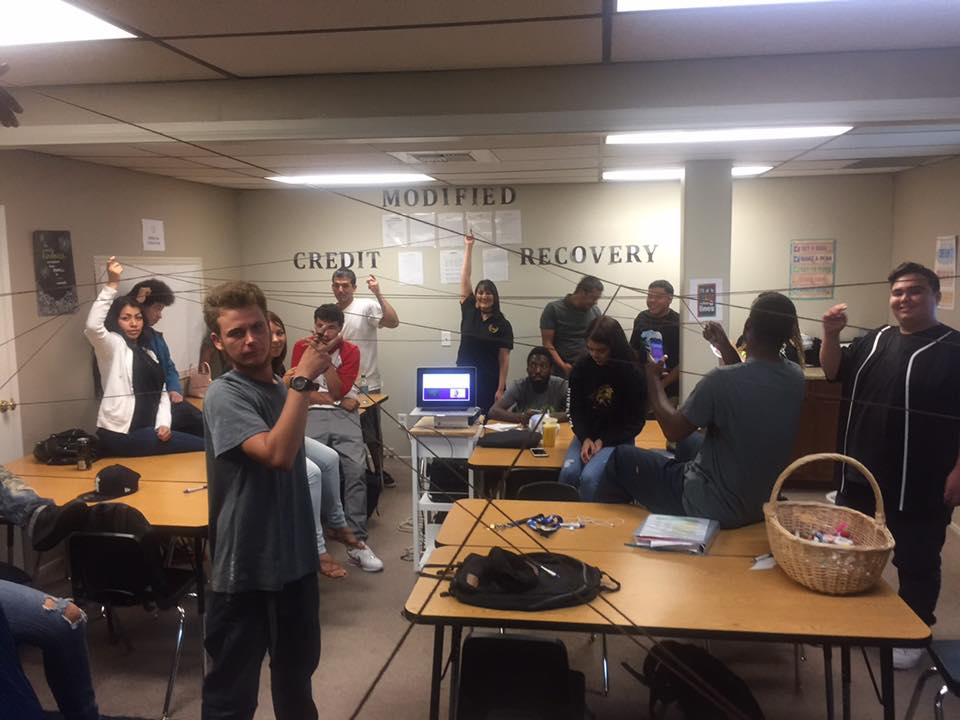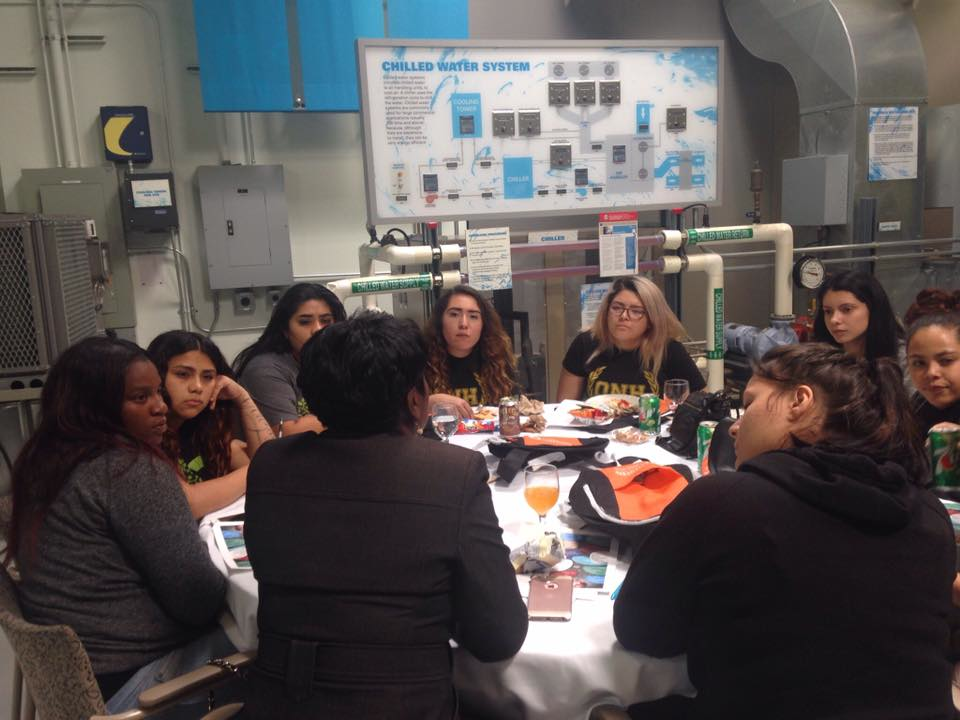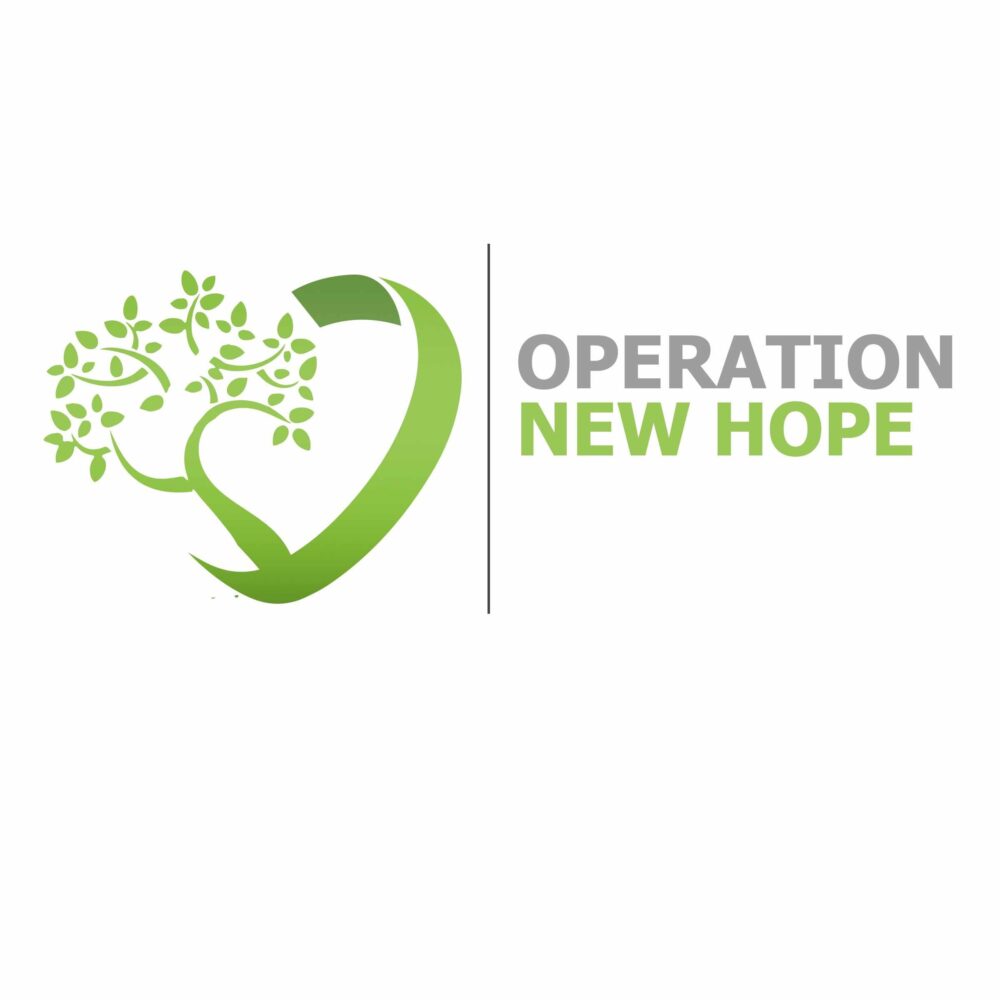Get Certified to Teach the Life Skills Training Program. 


Train the trainer workshops prepare case managers, mentors, school counselors, teachers, probation officers, community outreach educators, and other program providers to effectively implement the state of the art prevention & intervention education activities & lesson plans found in our trauma informed life skills workbooks.
The Office of Juvenile Justice Department rates ONH as a Promising Evidence Based Trauma informed curriculum.
The workbook for teaching Operation New Hope concepts has been developed over 38 years. Implementation and successful testing outcomes throughout California, Virginia, Connecticut, Idaho, Texas, in both community and institutional settings. These include juvenile detention centers/camps, informal probation, transitional living centers, trauma informed schools, & schools for high-risk youth.
Published in the Justice Quarterly, Dr. Bill Degnan, RN Anne Degnan, & Dr. Dale Sechrest developed the workbooks.
Program Goals/Target Population
Operation New Hope is a curriculum-based aftercare treatment program designed to provide trauma informed, high-risk youth life skills tools to succeed in their community. The program reinforces small successes while addressing the fears of the real world. The program is designed to treat improperly socialized youth by using a series of lifestyle and life skill treatment modalities in an integrated educational approach to healthy decision-making.
Program Theory
The program is grounded in the dynamics of William Glasser’s (1965) “reality therapy” approach. The approach used by the curriculum is based on six programmatic principles believed to help with reintegration:
- Improve the basic socialization skills necessary for success in the community.
- Significantly reduce criminal activity in terms of amount and seriousness.
- Alleviate the need for or dependence on alcohol or illicit drugs.
- Improve overall lifestyle choices (social, education, job training, and employment).
- Reduce the individual’s need for gang participation and affiliation as a support mechanism.
- Reduce the high rate of recidivism.
These principles address the behavioral antecedents believed to be most responsible for the nations high dropout high school rates. A youth’s inability to function and adapt to the norms of society is seen as a lifelong problem attributable to the early family socialization process and exacerbated by poor school performance, alcohol and/or illicit drug use, and strong attachments to negative peer groups.

 Criminal Justice Program Research
Criminal Justice Program Research
Operation New Hope program was evaluated (’95-’99) by Dr. Josi (UCI) and Dr. Sechrest (CSUSB). Utilizing a quasi-experimental design with a non-randomized treatment and a control group. The two groups were made up of probationers released from a secured facility who were assigned to the California Youth Authority’s (CYA’s) Inland Empire Parole Office.
Study Results: Recidivism/Revocation
At the end of the evaluation period, Josi and Sechrest (1999) found that there were significantly more control group parolees who were unsuccessful in their parole attempt, compared with experimental group parolees who participated in Operation New Hope. Fifty-three percent of the control group (61 of the 115 parolees) was unsuccessful at parole, compared with 35 percent of the experimental group (37 of the 106 parolees).
Arrests
The experimental group was also significantly less likely to have been arrested. At the end of the evaluation period, 32.1 percent of the experimental group parolees had been arrested one or more times, compared with 53.9 percent of the control group.
Substance Abuse
The experimental group was significantly less likely to use drugs or alcohol. At the end of the evaluation period, none of the parolees in the experimental group were classified as daily users, compared with 19.4 percent of the control group. Nineteen percent of the experimental group occasionally used drugs, compared with 32.0 percent of the control group. The majority of the experimental group parolees (81 percent) had no drug use during the evaluation period, compared with fewer than half (48.5 percent) of the control group.
Employment
At the end of the evaluation, experimental group parolees were significantly more likely to be employed (full or part time) and to be enrolled in school, compared with control group parolees. Among the 65 parolees in the experimental group who had been successful on parole at the end of the evaluation period, 46.2 percent were employed full or part time, and 6.6 percent were enrolled in school or vocational training. Among the 52 parolees in the control group who had been successful on parole at the end of the evaluation period, only 26.1 percent were employed full or part time, and 5.2 percent were enrolled in school or vocational training. Please note: The employment outcomes included only parolees who had been successful on parole at the end of the evaluation period; the outcomes did not include parolees who had been unsuccessful on parole.
Social Behavior
The experimental group displayed significantly greater improvements in social behavior, compared with the control group, as measured through negative peer associations and family relationships. Sixty-seven percent of the experimental group reported having no contact with former gang associates, compared with 45.2 percent of the control group. Approximately 43 percent of the experimental group reported few, if any, associations with negative peers, compared with 26.1 percent of the control group. Finally, 67.0 percent of the experimental group reported stable relationships with family members, compared with 51.3 percent of the control group.
Employment may be the most pivotal issue of the whole reentry period. By the end of the third month seven out of every ten members were employed or enrolled in to a vocational training program.
Family relationships were the most positive part of the transition period. Overall, comparison figures for [family relationships] were significantly better for the ONH group.
 Doctoral of Education Research
Doctoral of Education Research
To what extent has ONH achieved its program objectives in terms of student development? Academic performance and Students’ attitudes and behaviors to what extent has ONH program met the students’ needs? The research focused on Cognitive engagement, Emotional engagement, and Behavioral engagement.
ONH met its program objectives in terms of student development in the areas of academic performance as well as in attitudes and behaviors. Specifically, ONH staff takes a holistic approach, focusing on teaching students to “be able to take accountability and to help themselves versus leaning on their excuses and barriers as to why they can’t achieve success.
Findings indicate that ONH accomplished its program objectives in terms of students’ attitudes and behaviors. The student interviews validated that ONH staff have a positive impact on their attitudes and behaviors. Students stated that they dropped out of school and did not believe they would graduate. However, attending ONH changed their lives and they are back on track to graduate. Ultimately, the students stated that attending ONH positively influenced them to think better and be better students.
The findings also indicate that ONH meets students’ cognitive, emotional, and behavioral engagement needs. ONH school leaders are mission-driven and focused on attaining measurable goals; specifically those of having their students graduate and earn high school diplomas. In addition, they are focused on transforming their students into hopeful and positive thinkers about their future.
A culture fostered around family-oriented; love, support, and family were three concepts ONH students and staff experience within the school campus. The coaches respect the students’ individuality and demonstrate care and respect when interacting with them. Ultimately, ONH is a second home for many of the students.
Welcoming Environment: ONH leadership created a safe and welcoming place for students and school personnel to assemble in. The various walls throughout the school are painted with inspirational messages. School administrators and teachers have an open-door policy, which adds to the inviting environment. Overall, the campus is well kept and in order.
Collaborative Culture: ONH staff, school staff and students have a clear vision and purpose. The coaches meet periodically throughout the month to discuss the students’ needs and ways to meet their expectations. In general, collaboration among school members allows for shared thoughts, shared responsibilities, and shared decisions, which allow for greater success for ONH students.
Restorative-Centered: Data analysis revealed that teaching people to believe in themselves and to value the opportunities was a consistent message flowing from the mission of ONH to the school leaders and to the young people. ONH provides the students with opportunity to be restored into the education system and into the community.
Student-Centered: The students’ cultural backgrounds and experiences are incorporated into the learning. Classroom instruction is student-centered and includes students voices.
Relatable and Relational: Building strong relationships and trust is very important to school leaders and students. The coaches are relatable and relational, which make the students feel a sense of belonging.
Mission-Driven: ONH Leadership and staff are mission-driven and focused on attaining measurable goals, specifically those of having their students earn high school diploma and develop career road map for success. In addition, they are focused on transforming their students into hopeful and positive thinkers about their future.
Family-Oriented: Love, support, and family were three concepts ONH students and staff experience within the school campus. The coaches respect the students’ individuality and demonstrate care and respect when interacting with them. Ultimately, ONH is a second home for many of the students.
Job Readiness: Students are prepared for life after they complete. In general, they are more prepared to obtain a job and/or capable of being productive citizens. Additionally, the students participate in vocational training programs that teach them life skills and how to obtain and maintain a job.




